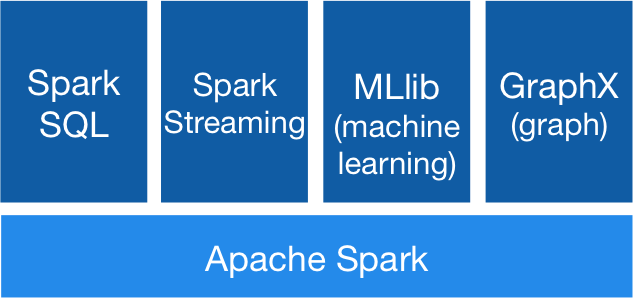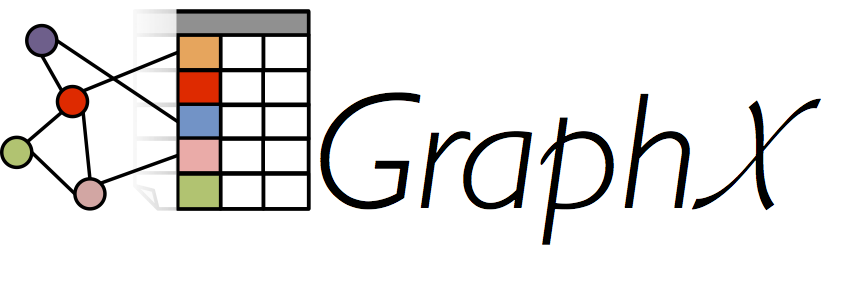Susan Wojcicki's (CEO of Youtube) keynote speech. She talked about two reasons why there are so few women in tech: (1) not enough women in the pipeline, starts in elementary / middle school, and (2) retention of women in tech - a workplace culture that causes women to leave at twice the rate of men. Not enough support for maternity leave and working moms is a problem. Her career advice: "Keep asking to be invited." "Power and influence is passed down from those who have it."
Clara Shih, CEO of Hearsay Social offers career advice: (1) embrace failure, (2) nurture relationships.
Manuela Veloso's (CMU) keynote on symbiotic autonomy for autonomous robots. Robots can navigate around buildings with the help of humans.
Dinner with Duy Loan Le, former TI fellow, and Vietnamese Women in Computing. Follow your own path; don't compare yourself to others. Fail fast. It was nice meeting other Vietnamese women in computing.
My birds-of-a-feather discussion on maternity leave. There were lots of good conversations about fitting maternity leave into a woman's career. Key take aways: (1) ask for what you need, (2) start building your network now.
Lunch time table topic: Asian American identity in computing. Intersectionality.
All the conversations I had with women from other companies and students. Catching up with former co-workers.
Hour of Code: teaching computer science in public schools is the best way to increase diversity in CS.
What worked: meet your friend's friends: I met so many women through my former co-worker. Lunch time table topics lead to interesting conversations. Speaking at the conference is a great way to be involved. I had good conversations with people sitting next to me at talks.
For next time (if there is a next time): talk with more students. Stay for the full conference: more time to network. Most technical talks are beginner level, so go to talks to learn something new, and not on topics you already know. After meeting someone, always get their name and / or business card. Stay in lodging as close to the conference as possible. Don't do work if possible.


